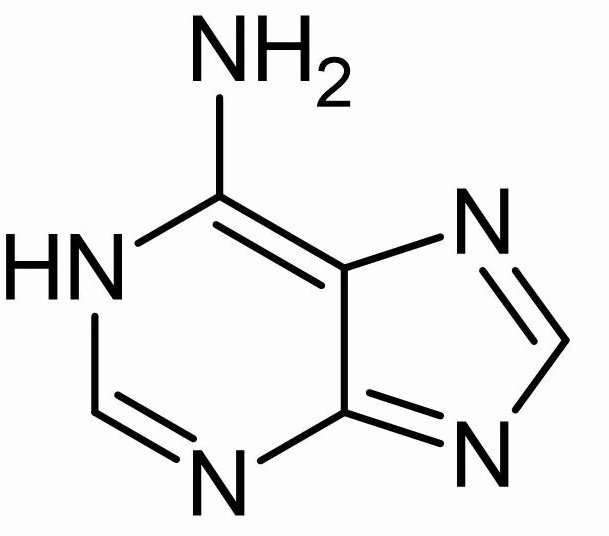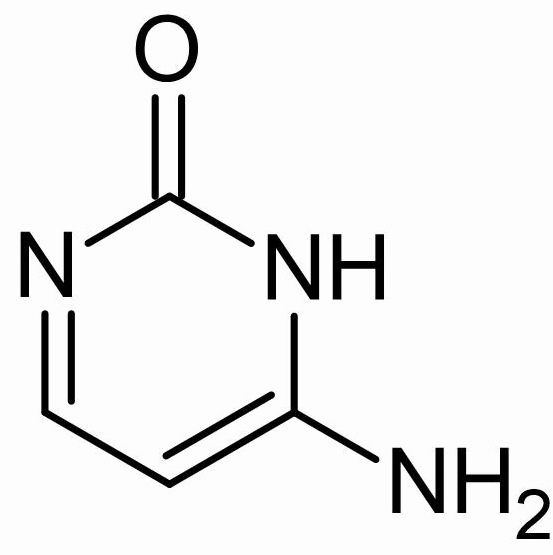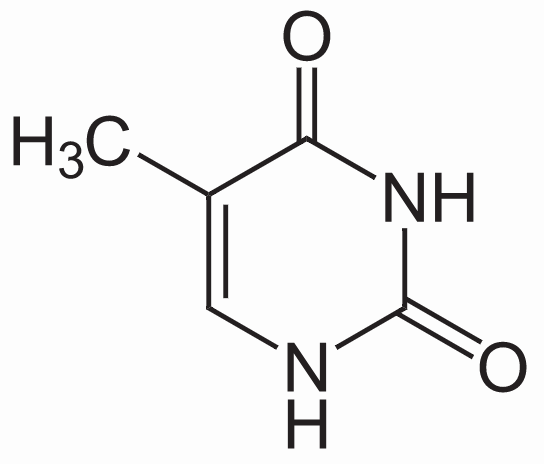The bases of us.
Today, I have for you what you could call the four "building blocks" of DNA.
Cause you can never have enough not-so-fun facts.

Adenine (A):
Also called A or Ade, Adenine is a heterocyclic aromatic organic purine nucleobase with a chemical formula of C5H5N5. It was named by Albrecht Kossel in
1885 after the Greek word for gland, referencing to the pancreas, where the sample had been extracted from. It forms 2 hydrogen bonds with thymine to assist in
stabilizing the nucleic acid structures. Adenine is comprised of two carbon rings: a pyrimidine ring and an imidazole ring.

Cytosine (C):
Cytosine has a chemical formula of C4H5N3O, often found as C or Cyt. It is a pyrimidine nucleobase, with a heterocyclic aromatic single ring with alternating
carbon and nitrogen atoms. The nucleoside of cytosine is cytidine. Cytosine was discovered and named by Albrecht Kossel and Albert Neumann in 1894 when it was
hydrolyzed from calf thymus tissues. Its structure was proposed, synthesized and confirmed in 1903.

Guanine (G):
A nitrogenous purine nucleobase with a chemical formula of C5H5N5O. It contains plenty of nitrogen atoms and, it's basic rather than acidic. It's shape includes
two rings. It binds to cytosine through three hydrogen bonds. The first isolation of guanine was reported in 1844 by the German chemist Julius Bodo Unger, he
obtained it as a mineral formed from the excreta of sea bird (known as guano). Guanine was named in 1846.

Thymine (T):
Thymine also known as 5-methyluracil or by the abbreviations T or Thy, has a chemical formula of C5 H6 N2 O2 and it helps stabilize nucleic acid structures.
It was first identified and isolated in 1893 by Albert Neumann and Albrecht Kossel from thymus glands. It is grouped as a pyrimidine, which means it has a single
ring, and it's also an organic aromatic compound, so its ring contains unsaturated covalent bonds. It pairs with adenine via two hydrogen bonds.
Home



